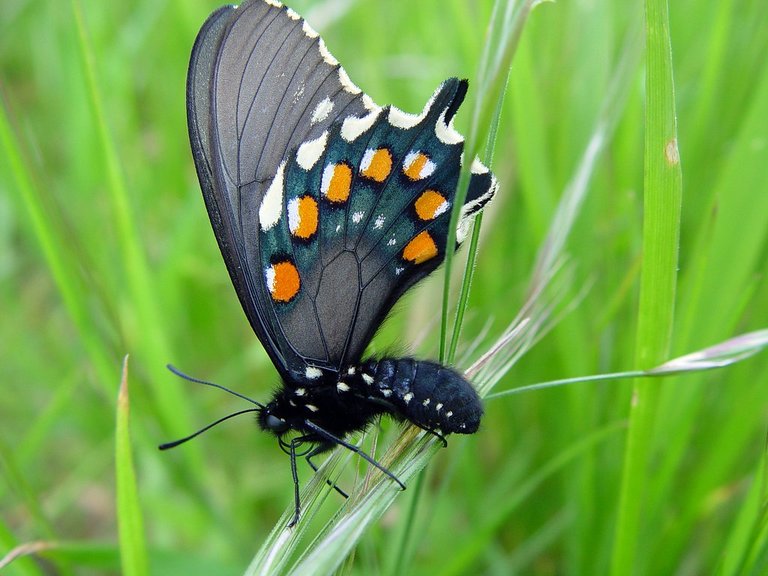After the US election, someone mentioned that to me that we would be having Donald Trump in the White House and he went on to mention his hairstyle that looked like a particular caterpillar that loves to be seen by other animals and so shows off itself. Well, I do not know who came up with the nickname for the caterpillar, but it does look hairy and cute to touch and these could get it eaten by predators.
For some animals, it is hiding in plain sight, but for the Megalopygid Caterpillar from the family Megalopygidae, it likes to be seen by every one. We could say it loves to advertise its color but we all know that colorful animals do not last long as preys. In the family of this moths include Puss caterpillar, Flannel Moth, and Asp Caterpillar. Although this caterpillar loves to show itself off, it is certain that it doesn't want to be eaten, so why will you be colorful when you do not want to be eaten?
https://s3.animalia.bio/animals/photos/full/original/black-waved-flannel-moth.webp
animalia
The answer is that the beautiful looking hairs in the body of the caterpillar is lased with irritating, venomous spines. So while it might look like the caterpillar is inviting people to itself so it can become meal, in real sense it is sending a clear warning to stay off and this type of display is regarded as Aposematism with "APO-" meaning Away and "-Sema" meaning sign. Animals with Aposematic Signals include monarch butterflies, skunks, social wasps and many more.
In the rainforest, the hatchling of a Cinorous Mourner (Laniocera Hypopyrra) have evolved to have similar hairs with that of Megalopygid Caterpillar until it becomes an adult where it has a gray color. Since predators do not want to touch the Megalopygid Caterpillar, they also do not touch the hatchling of the Cinorous Mourner. The hatchling of the Cinorous Mourner mimics the caterpillar so flawlessly that it moves like the caterpillar when it feels a stimulus.
There are several ways animals mimic other animals from Mullerian Mimicry, Agressive Mimicry, Wasmannian mimicry, Reproductive mimicry, Batesian Mimicry, and so on but the Megalopygid caterpillar uses the Batesian mimicry. Other animals like The North American Pipevine swallowtail butterfly (Battus Philenor) is extremely toxic and while this is good to keep it alive, other butterflies including Spicebush swallowtail, Eastern black swallowtail and four other species mimics it. Some butterflies like f. Papilio dardanus mimics whatever toxic butterfly specie is in its local environs.
It isn't like the mimicry of these animals are always perfect because they aren't, they just need to be right enough to keep them safe. Now one thing animals and insects have known is when it is doing everything to be noticed, then it is better to keep off because it might be toxic. In case you find yourself in the rain forest, it is advisable to look out for attractive animals because there might just be a seemingly predator in the animal that looked like a prey.
https://bugguide.net/node/view/412
https://bugoftheweek.com/blog/2019/10/12
https://www.floridamuseum.ufl.edu/mcguire/news/2022/12/mimicry-and-spectral-reflectance/
https://naturemuseum.org/chicago-academy-of-sciences/blog/mysterious-mimicry
https://www.sciencedirect.com/science/article/pii/S2590171023000334
https://www.sciencedirect.com/topics/medicine-and-dentistry/aposematism
https://www.loe.org/shows/segments.html?programID=19-P13-00011&segmentID=4


